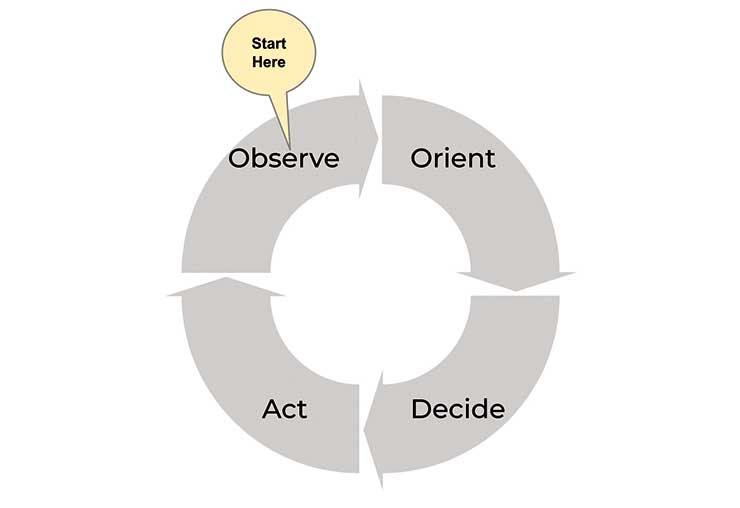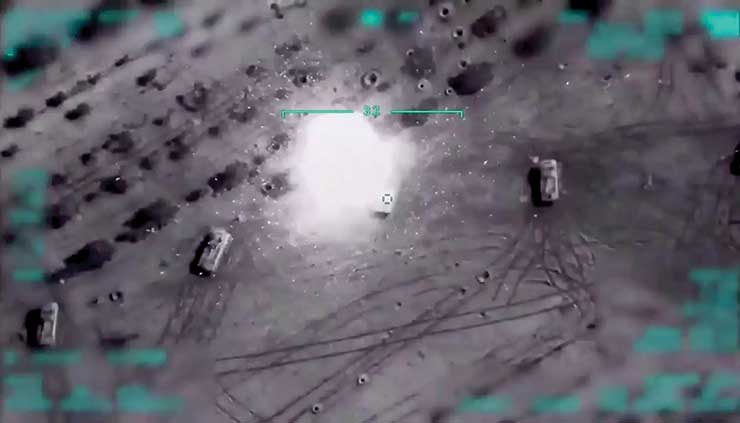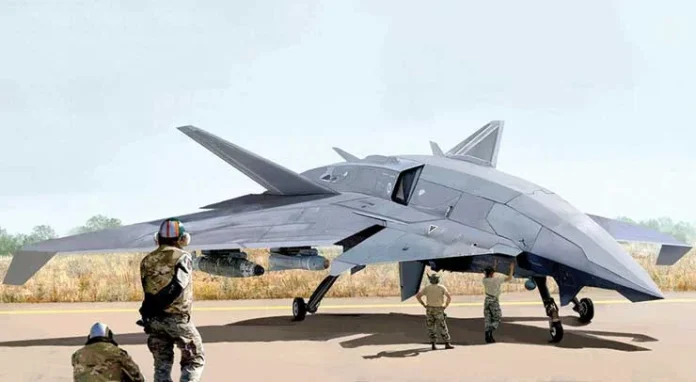Since the Israeli UAVs inflicted significant damage on the Syrian Air Force in 1982, the concept of battlefield utilisation of unmanned remotely operated flying machines has undergone significant evolution. From its modest beginnings in September 1917 to modern-day high-endurance, high-altitude combat UAVs, the transformation and operational performance of these systems have been breathtaking. The most compelling aspect is that these platforms offer a three-dimensional perspective at a remarkable low cost, a capability previously exclusive to fighter aircraft.
Combat Versatility
The US, Israel, Turkey, and China are widely recognised as leaders in this revolution of modern warfare. The past two decades have seen substantial advancements and refinements over the initial concept of “flying bombs” that ignited imaginations. As these unmanned aerial tools evolved, they were labelled with various terms such as Aerial Torpedoes, Remotely Piloted Vehicles (RPV), Drones, Unmanned Aerial Vehicles (UAV), and, more recently, Unmanned Combat Aerial Vehicles (UCAV), each highlighting certain specific features and reflecting the preferences of their developers. However, the term Unmanned Aerial Systems (UAS) is gaining favour as the concept and infrastructure become more sophisticated, encompassing multiple components within a unified system.
OODA Loop
UAS in modern times are leading the fight in a combat field whether it is stealth surveillance, directing fire from fighter aircraft or the artillery on the enemy position, acting as a communication relay hub, working as the pathfinder, delivering crucial situational awareness in urban warfare or carrying warheads themselves affording real-time engagements of time-sensitive targets. The major dividends to the commander have been the elimination of the need for elaborate sensor-to-shooter coordination. With the arrival of long-range and long-endurance combat drones cruising at altitudes of 30,000ft or above, controlled through secure satellite links, there’s no delay in identifying sensitive targets and delivering the payload at the click of a button.

John Boyd, the US Air Force veteran had once advocated about the OODA (Observe, Orient, Decide, and Act) loop, as the crucial factor in combat that decidedly influences the outcome of a duel. His theory was by and large accepted by militaries the world over. As the UAS evolved, combat drones became a flying platform miniaturising the entire battle theorem. It offered everything to the command centres enabling commanders to Act while removing all time lapses in between. The results became very obvious, those who possessed high-end UAS undisputedly started to dominate and dictate the modern battlefield.
The story of combat drones dominating war fronts was not only repeated but literally scripted during the September 2020 Armenian and Azerbaijan war in Nagorno-Karabakh. Azerbaijan integrated Turkish-supplied UCAVs emboldened by the success of these against Russian Air defences in the Syrian conflict. In no time the Armenian army was overwhelmed. This war has thus been distinctly regarded as the first conventional war with extensive employment of combat drones on the battlefield, scripting a victory almost by themselves. The question of whether or not the UAS should form part of the armed forces has long been answered in a thumping affirmative. What forces are now looking at is the fastest timelines these expansive systems can be deployed on the front lines.
The harsh reality is that high-end expertise like stealth aircraft, combat drones, network-enabled command & control, space-based surveillance & communi-cation, aircraft carriers, nuclear submarines, and long-range missiles will unlikely be shared by any country that may possess them today
The Complicity
Indian armed forces have been operating some of these machines since the 1999 Kargil conflict but mostly they are all ex-import and carry certain limitations due to challenging terrain and battlefield conditions. Being the extremely sought-after and high-end technology, foreign governments are very hesitant to share them in the first place. In India’s context where it needs to factor the active border management in its Western and Northern theatres both, the dynamics become very challenging.
The complicity between India’s Northern and Western adversaries often makes the resource allocation very dynamic to effectively counter them. It is believed that the Indian armed forces mostly factor that the technology and weapon -systems available with China may in fact show up in its Western Theatre as well. Given the geopolitical considerations, the appearance of even the Turkish systems cannot be ruled out. Such eventualities though catered for, also create increased complications for the armed forces, which therefore must be provisioned with matching resources, if not the better ones.
There are some critical enabling technologies as demonstrated in various new-generation conflicts from Operation Desert Storm to the ongoing Ukraine war. The harsh reality is that high-end expertise like stealth aircraft, combat drones, network-enabled command & control, space-based surveillance & communication, aircraft carriers, nuclear submarines, and long-range missiles will unlikely be shared by any country that may possess them today. The end result will be far less than satisfactory and a product of compromises, with which one cannot go to war and think of winning it!

Global Realism
For India, all these technologies and platforms must therefore be the focus for domestic R&D and participation from the private sector to help economise and diversify the products. The good part is the country has already achieved considerable self-reliance in most of the critical technologies but the true combat-worthy UAS still remains an arena to master. For Indian armed forces the ‘global realism’ has made a strong case to go with probably second-best domestic systems rather than the best foreign import. Possession of state-of-the-art weapons is one thing but keeping them up and running is another challenge altogether. A sophisticated system like combat UAS needs heavy maintenance and spare support. This has been the most troubling case witnessed by Middle-East countries that jumped to import Chinese Wing Long combat drones. Seeing no other country willing to part with such sensitive platforms UAE, Egypt, Saudi Arabia, and Pakistan quickly bought them. However, the teething maintenance and unreliable supply of spares have kept their machines mostly grounded.
For Indian armed forces the ‘global realism’ has made a strong case to go with probably second-best domestic systems rather than the best foreign import. Possession of state-of-the-art weapons is one thing but keeping them up and running is another challenge altogether. A sophisticated system like combat UAS needs heavy maintenance and spare support
The lesson is, that India needs its own manufacturing of high-end combat UAS systems which will allow our military unrestricted exploitation and assured serviceability of these force multipliers even in the heightened threat scenarios. It is commendable that DRDO and some private sector firms have shown promising approaches for the development of UAS. The government’s push will further encourage them to expand their efforts as the actual requirements will make it a good proposition for industries as well.
It is estimated that the US has made an investment of more than $2.6 billion in 2023 alone in its UAS program. Similar high investments are being expected from other major powers in the UAS and counter-UAS systems in the next few years. These systems today have turned out to be an essential component not only for the three services but even the paramilitary forces that extensively use them. Domestic consumption in the form of its civilian utility is also highly promising. The entire gamut of technology and its application makes for a heady mix of demand for the same, it’s the assured supply that everyone is waiting to finally fructify!
–The writer, with expertise in security and geopolitics, regularly contributes to national publications. His insightful articles can be found on the popular website newsanalytics.in, where he delves into various aspects of geostrategic affairs. The views expressed are of the writer and do not necessarily reflect the views of Raksha Anirveda
-The writer has varied experience in the security paradigm and is a keen follower of global geopolitics. His work has been regularly featured in national publications. Visit newsanalytics.in to access more articles from the author. The views expressed are of the writer and do not necessarily reflect the views of Raksha Anirveda





